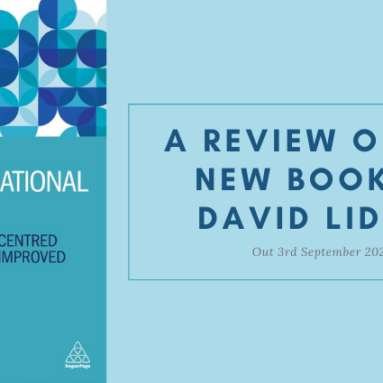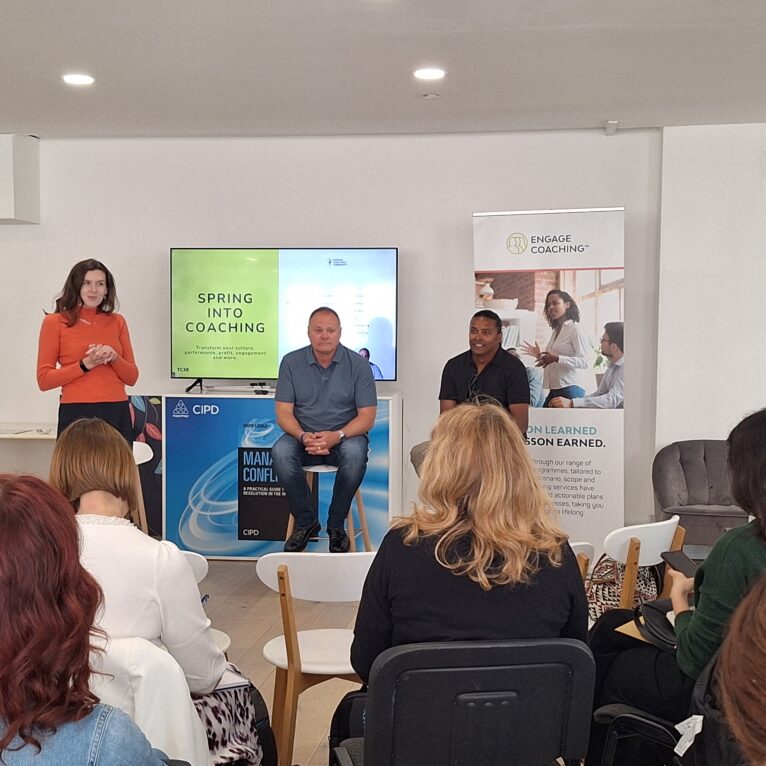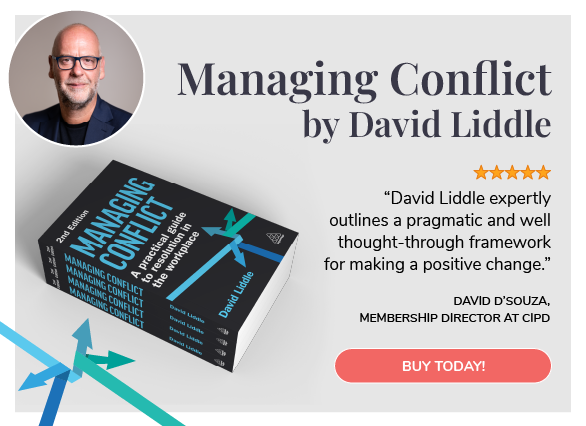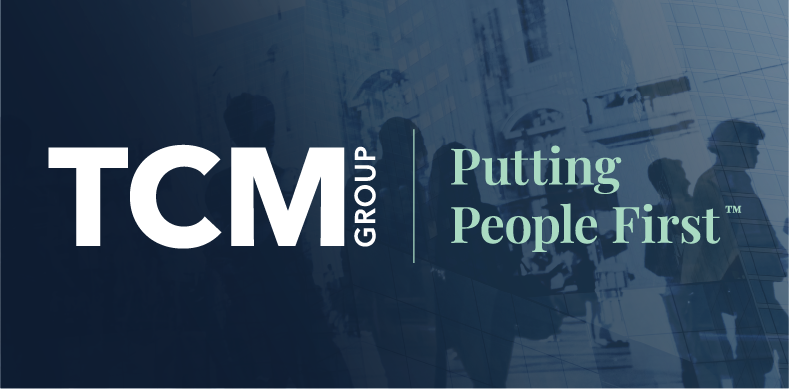
Share article:
Tags:
Transformational Culture is bold. It’s a fearless confrontation with the problems that fester in our organisations. It’s an unlearning and undoing of all the issues and injustices that have permeated and become ingrained within our businesses. Externally, workplace culture is continually pressured by financial crises, global pandemics, climate emergencies and social justice movements; and internally, we’re being eroded by conflict, concerns, mismanagement, and hierarchy. This is volatile, uncertain, and complex – and it’s at the detriment of our personal and collective successes.
Providing principles
We all recognise that culture matters, but David wants to make culture happen. Inspired by theories and concepts of positive psychology, emotional intelligence, restorative justice, and nudge theory, David’s call to action is simple, really: we need to match internal culture with customer and stakeholder expectations. It’s not enough to write down reams of convoluted rules in dusty drives – we need to live and breathe it; values and behaviours acting as a beacon and shining a light on the way we should act, interact and react with each other.
When we align, organisations achieve hard business outcomes, drive up productivity, act responsibly, and create a high performing workplace where individual, team and organisation objectives can be met, and exceeded.
David isn’t shouting into an empty room: Deloitte found that 94% of executives and 88% of employees believe a distinct workplace culture is essential to business success. What does this culture look like for a modern, forward-facing organisation (that we all intrinsically strive for)? Well, it’s just, it’s fair, it’s inclusive, sustainable, and it’s high performing. These ideals can become realities with the right theories, tools, and practices. This isn’t a childhood fantasy – this is transformational culture.
Under David’s guidance, power, profit and process are no longer the symbols of success. Fair, people-centred values are implemented and upheld by three core functions: transformational leadership; transformational HR; and transformational justice. These organisational departments focus on empowerment, psychological safety, collaboration, and courage to form the structural basis of business culture. It sounds like something I’d love to be a part of.
Writing a new language
Reading the book feels like a supportive, but firm, hand on your shoulder. Big terms, intimidating to the untrained eye, are delivered gently through smooth narrative: David formulates the “7 Cs” of culture as collaboration, courage, common purpose, communication, compassion, curiosity, and connection. Somehow, David’s ushered you to join his revolution through a clever use of alliteration.
We’re asked to unlearn what we think we know about conflict. A word and an act that typically provokes a shudder. Or an immediate speed dial to HR. But Transformational Culture asks us to look at this unavoidable, inevitable, irrevocable part of life with a new perspective. If we rid ourselves of toxic, dysfunctional, fear-mongering cultures, we move to “the constructive and functional kind of conflict that can bring people together and which, when managed well, can release our inner and collective brilliance. The kind of conflict that can engender dialogue, promote insight, harness learning, and enhance working relationships.”
For David and his transformational culture, fear and fights become flow; failure becomes learning; feelings generate empathy and compassion; and feedback becomes feedforward. This may seem like an overly simplistic, or even shallow, shift of expression to the cynical reader – but language, really, is the foundation of all existence and human connection. It’s a form of release that is unmatched: from speech, to novel, or prayer. Through the power of language, culture is carried, thoughts become tangible, and feelings are expressed. So, rewriting the language of organisations is vital to enact positive change: David shows us that words can tear us down, but they can also build us up, if we so choose.
From vision to reality
David’s wisdom and knowledge brims over the first few chapters; it needs to be lifted off the pages and take physical form. And through collaborative functions of HR, leadership and justice, businesses come to embody this new narrative. David provides a blueprint for organisations to follow: programmes named Resolution Framework, Engage Leadership and HR as the “people and culture function” flesh his ideology into design. The second half of the book scopes the playbook and toolkit needed to put these words into veritable action. Under the jurisdiction of Transformational Culture, organisations would be shaped by three pillars and their aligned behaviours:
Transformational leaders:
- Being courageous and having difficult conversations;
- Creating psychologically safe spaces for dialogue;
- Acting with objectivity;
- Being comfortable with their own and others’ emotions;
- Demonstrating self-awareness and empathy;
- Seeking constructive win/win remedies to problems;
- Empowering others.
Transformational justice:
- Reducing harm;
- Building trust;
- Protecting relationships;
- Promoting psychological safety;
- Creating opportunities for insight, reflection, and learning.
Transformational HR:
- Changes to an objective people and culture function;
- Connecting employee experience with customer experience;
- Creating and sustaining a transformational culture hub and associated subgroups;
- Partnering with all stakeholders to build trust, deliver accountability and drive growth;
- Guided by positive psychology, systems thinking, principled negotiation, appreciative enquiry, restorative justice and non-violent communication;
- Working with unions and management to develop and deploy a new model social contract;
- Administration of transformational justice model;
- Systematising coaching, mentoring, facilitation, and mediation.
It’s twofold: change the way you think and change the way you do. The rest will follow. Sure, the work will be hard, and it definitely won’t be easy, but David’s message couldn’t be clearer: when the employee is happy, the customer is happy and when the customer is happy, the organisation is successful. In just over 300 words, he might just have changed the world. He’s certainly changed mine.








